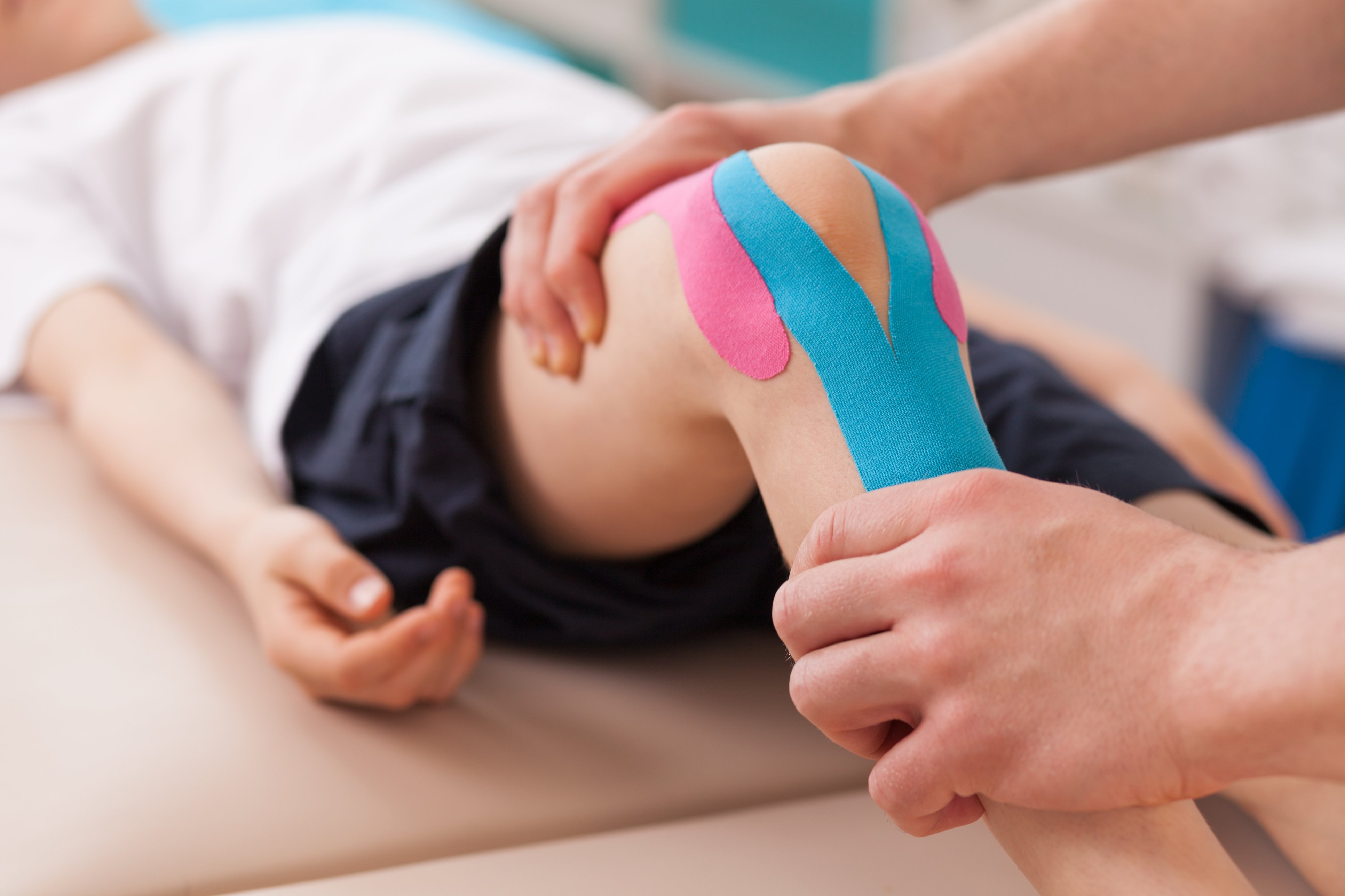After the blood and marrow transplant (BMT), your child spends a lot of time in the hospital bed while in isolation. As a result, they may experience stiffness and/or discomfort in their muscles, such as the calves, hamstrings and lower back.
Your child may benefit from increasing their activity levels through play or structured exercise. This can be as simple as trying to stand up from sitting on the bed or sitting in a chair independently. When your child is feeling well, encourage them to do as much as possible on their own.
The following exercises can help to improve your child’s activity, relieve discomfort, and help her maintain as much strength and flexibility as possible.
Some recommended exercises include:
- sitting up tall in bed, with one leg stretched to the side to stretch the hamstrings
- wrapping a towel around the foot. Gently push the foot in the opposite direction to stretch the calf muscle. This should not be painful.
All stretches should be held for 20 seconds, without pain and should be performed daily, up to three times per day.
Due to the nature of your child’s illness and the extensive medical treatment she receives, you may feel anxious about encouraging your child to exercise. However, physical activity is important to prevent late effects of prolonged hospitalization and bed rest. Having weak and tight muscles can restrict motor development and the ability to carry out regular day-to-day tasks. This can ultimately decrease quality of life.
While it is important to encourage activity, it is best not to overwhelm your child. Choose a few activities at a time and take a day off when they are not feeling well.
Once your child’s stem cells have engrafted, they can try to walk a few times per day. As your child feels better, the distance can gradually be increased.
In the hospital, physical therapists (PTs) can help your child overcome challenges. If complications or issues arise, a referral may be made for your child to be assessed. At this time the PT may recommend some exercises and give suggestions based on your child’s needs.
